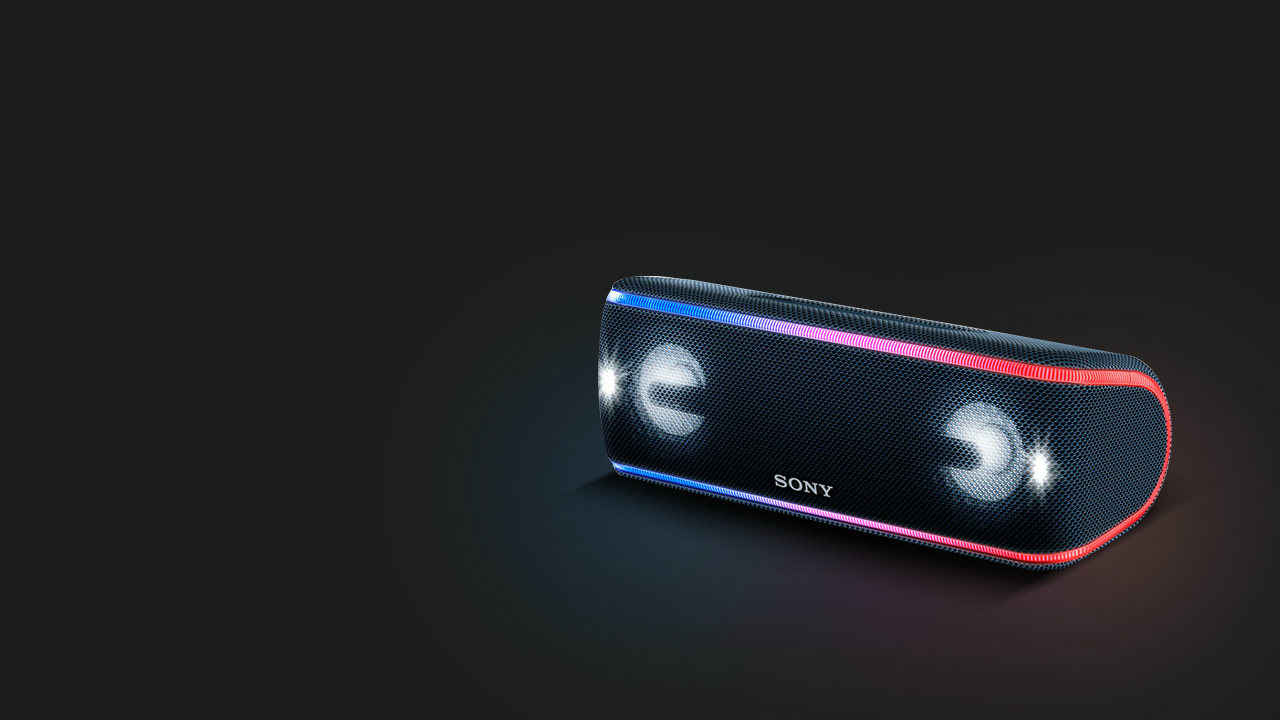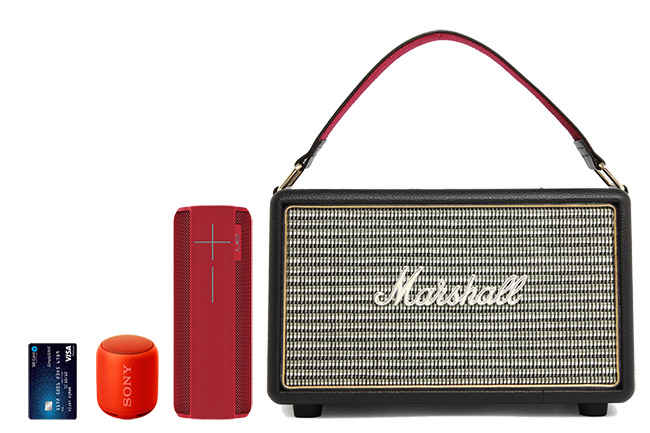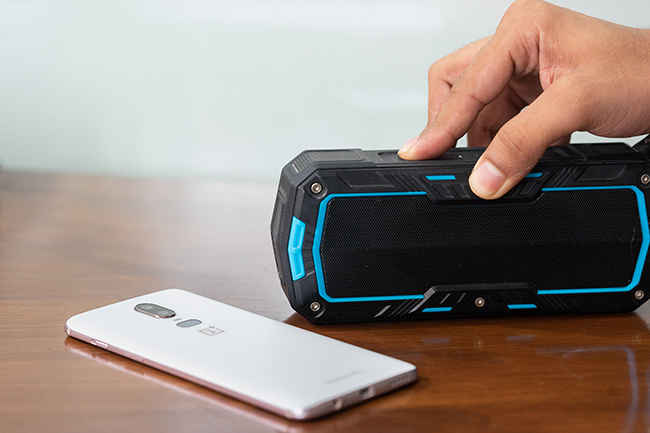Grabbing the right portable wireless speaker

Carry your music with you and play it wherever you go. But which wireless speak should you get? Read on to find out.
Laptop speakers don’t always cut it. Sometimes you just need a louder speaker with sufficient bass and volume to make the most of your summer stayovers and getaways with friends. So, before hitting the ‘Buy Now’ button on your preferred online shopping site, consider these points that might help you understand what you look for in a portable Bluetooth speaker:
You’re Just the Right Size
The first thing to consider about a portable speakers is: is it really portable enough? As with any other object, larger size means decreased portability. So, if you intend to take your speaker out on every outing, it might help your case to get something compact. The shape too matters; a speaker with odd sharp edges means it’s going to be harder to pull out from and throw into a bag, especially if its tight. If you believe you won’t be taking the speaker out with you on too many outings, then consider a relatively larger speaker.
Large speakers generally have larger drivers, meaning louder and punchier audio output. Large speakers are also great for home décor. They fit snugly into bookshelves and TV stands. The size of the speaker is usually proportional to the number of speakers it has. In other words, a smaller speaker may only have one speaker driver, making it deliver mono output. A larger speaker may have two drivers, making it a stereo speaker.
Mono Love
A mono speaker is ideal for those who simply want loud music in a space where they’re moving about, like an empty classroom with no teacher around (it’s just an example, dear readers). A stereo speaker, on the other hand, is better suited for somebody who likes placing themselves in front of the speaker for long hours. In the latter setup, the separation of stereo sound is perceived more clearly. Some mono speakers can be daisy-chained wirelessly with another such speaker to produce synchronised sound together. Be warned though that while wireless daisy-chaining may be a feature of some of these speakers, the ability to produce stereo output together may not be.
All About That Bass
Agreed, you won’t get the best bass output on a portable speaker, but you’d be surprised by what many of them are capable of with just a dedicated bass driver. Many speakers employ what’s known as a passive bass radiator to achieve a deep pitch in a limited amount of space. The more the number of bass radiators, the heavier the ‘thump’ is. These speakers may also employ an active tactile transducer to mimic the vibration caused by large subwoofers. Look for a speaker with a bass radiator to go low with the sound.
Bluetooth and All His Friends
It’s best to aim for a speaker that offers a variety of input options to choose from. An auxiliary (aux or aux-in) port can be extremely useful even in a world where the 3.5mm jack is disappearing from smartphones. It doesn’t deliver the best quality of audio but it’s high on convenience and setup time. A full-size USB port can come in handy if you have a USB drive containing audio files. A microSD card slot can be helpful if your phone has expandable storage.
Bluetooth is the most common input method in portable speakers these days. Bluetooth 5 is ideal for wireless audio playback as it comes with a number of enhancements to achieve simultaneous streaming and high-resolution output (through the aptX compression standard). But Bluetooth 5 is relatively new, and won’t be available in many devices just yet. Bluetooth 4.2 is the next latest (and the next best) version out there. NFC functionality can decrease setup time greatly as it allows an NFC-enabled device to be tapped against it for quick Bluetooth pairing.
Swim Good
If you predict frequent trips to the pool or the beach, consider investing in a speaker that’s waterproof. There are plenty of models out there that are dust- and water-resistant. An IPX4-rated speaker will withstand a splash of water for at least 5 minutes. An IP67-rated speaker is recommended as it will resist dust and water ingress of up to 1 metre for a duration of 30 minutes.
I’ve Got the Power
Depending on whether you’re carrying the speaker around frequently or just placing it on a desk most of the time, battery life may or may not be an important factor in your portable speaker purchase. Portable speakers have up to 24 hours of playback time on single charge. A 10-hour playback time is what you should expect from a good speaker.
Some speakers come with the ability to charge other devices like smartphones. That’s a handy feature worth watching out for because that way, you won’t have to carry a separate power bank. Lastly, it helps to get a speaker that has the same charging port as your smartphone, so you can just use the same cable to charge both devices. Portable speakers generally use a microUSB port for charging.
For more laptop buying guides, check out our Back to College microsite here.
Vignesh Giridharan
Progressively identifies more with the term ‘legacy device’ as time marches on. View Full Profile







